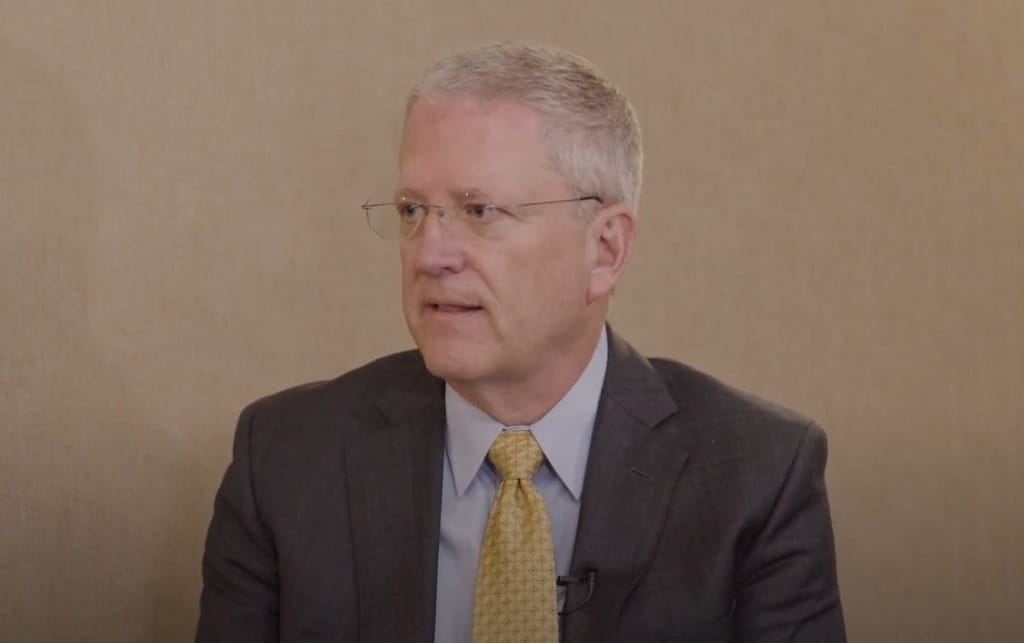Fixed-Wireless Behind Fiber, U.S. Broadband Competition, Oregon Broadband Map
Fixed-wireless is hampered by technical issues that make it incomparable to fiber, a report claims.
Riley Haight

June 23, 2022 – In a report this month, engineering and consulting company CTC Technology and Energy found that while fixed-wireless technology will continue to improve and expand, it will not come close to fiber.
The report claims that there are some technical challenges associated with fixed-wireless technology – which used wireless signals to provide home internet. That includes, the report says, capacity limits; line-of-sight obstructions because wireless signals must pass through obstacles; and scalability, which includes limitations on increasing bandwidth and speeds.
“Ultimately, the report finds that fiber networks are more suitable for rural broadband deployment when it comes to bandwidth, costs, overall quality and long-term sustainability,” said a post on the Benton website accompanying the report.
“The IIJA creates the opportunity to bring broadband to unserved Americans that is the same or better than what served Americans have—and to ensure that what is built has a long, useful life,” said Andrew Afflerbach, CTC CEO and chief technology officer, in the post.
“The report demonstrates that in most environments, fiber and wireless have similar long-term total costs of operation. Moreover, fiber optics can continue operating and be upgraded at a much lower cost than a wireless network,” added Afflerbach.
Majority of U.S. households benefit from fixed broadband competition, study finds
Industry group ACA Connects released a study Thursday that found widespread competition in the U.S. broadband market as the majority of U.S. households have access to multiple providers.
“After decades of investment by multiple fixed broadband providers in every local market – amounting to well over $1 trillion during that time – the vast majority of American consumers now have a choice of broadband providers offering robust, reliable, fixed broadband service. And the reach and intensity of competition will only increase as broadband providers continue to invest many tens of billions of dollars annually,” said ACA Connects President and CEO Grant Spellmeyer.
The study states that “more than 90% of households have access to at least one broadband provider offering 100/20+ service and at least one additional provider offering 25/3+ service,” and predicts that based on past data, “by 2025, 74% of all households will have access to at least two broadband providers both offering 100/20+ service.”
According to a press release, the study’s findings show that “policymakers made the right call in allowing market forces to advance deployment to the maximum extent possible and then, in economically challenging areas, providing government funding to ensure service is available service.”
Oregon testing broadband with new initiative
On Tuesday, a grassroots partnership called Faster Internet Oregon was launched to assess broadband connectivity in urban, rural, and tribal communities in the state.
This is “a statewide test campaign and broadband mapping effort that invites Oregonians to test and report their home internet speeds or to indicate that they lack an internet connection at home,” said a press release.
Partners include Oregon Economic Development Districts, Onward Eugene, SpeedUpAmerica and Link Oregon.
“[We] are excited to support this effort so that we have the data we need to bring federal and state funding to our regions that can fill those gaps in broadband availability,” said Jessica Metta, president of OEDD.
The effort employs a “crowdsourced approach” to hear from locals themselves to improve broadband equity across various communities in Oregon, said a press release.
Steve Corbató, executive director of Link Oregon, said, “this mapping effort is a critical early step towards implementing the broadband technologies and supporting adoption programs ensuring the reliable, affordable internet connectivity for all Oregonians.”










Member discussion